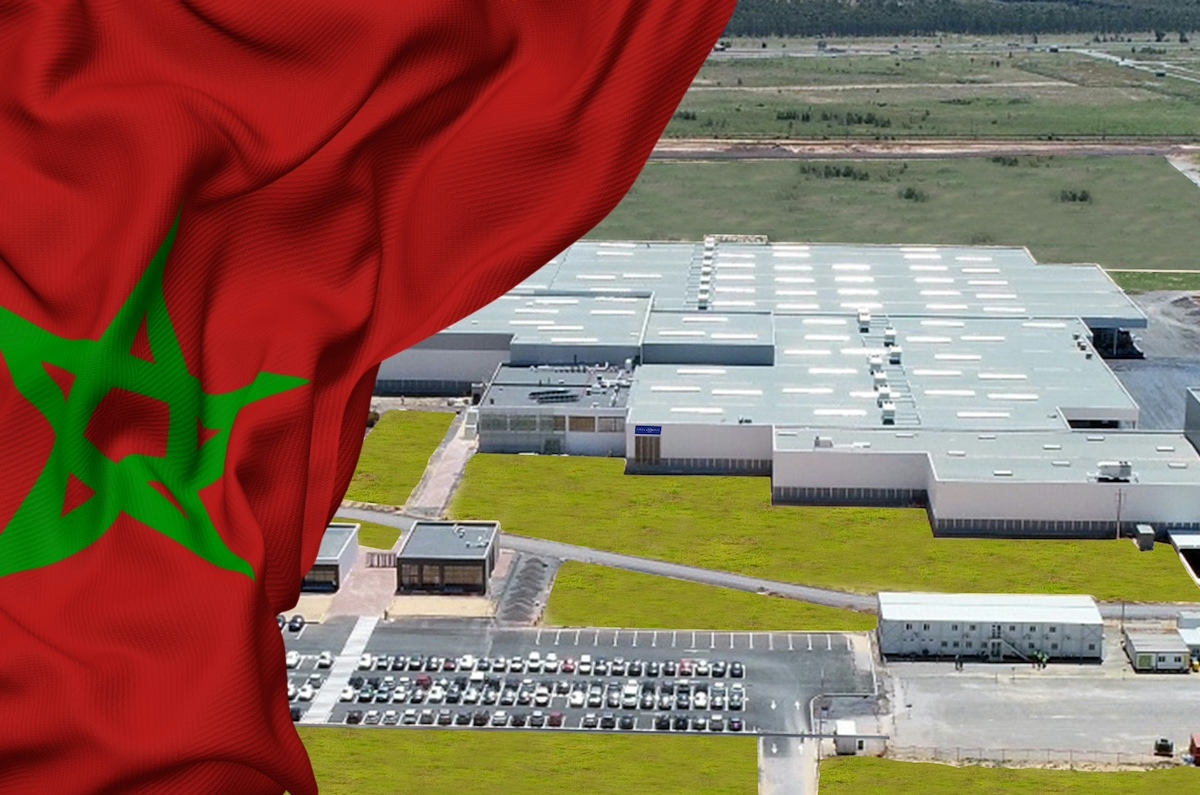Stellantis aims even higher in Morocco

Pillar of Morocco’s automotive industry, the Stellantis factory in Kenitra is entering a new phase of spectacular development.
Since its establishment in 2015 under the impetus of His Majesty King Mohammed VI of Morocco and the inauguration of the site in 2019, the industrial project has continuously exceeded initial ambitions. Today, the factory is doubling its production capacity to reach 400,000 vehicles per year, with a targeted local integration rate of 75% by 2030.
The first phase of the project, focused on the construction and launch of the factory, was successfully completed on time. By the end of 2020, the second phase was already enabling the production of 200,000 vehicles per year, three years ahead of the scheduled date. This sustained pace reflects Stellantis’ commitment and the growing competitiveness of the Moroccan automotive ecosystem.
Morocco Facing the Challenges of Micromobility
The new extension, officially announced today, marks a strategic milestone. It plans to assemble 350,000 engines per year, with the first phase of Mild Hybrid (MHEV) engine production set to launch in May 2025, followed by a machining phase scheduled for November 2026. In parallel, Stellantis is developing a micromobility offering: the production capacity of Citroën Ami, Opel Rocks-e, and Fiat Topolino models will increase to 70,000 annual units starting January 2025. In July 2025, the factory will also begin manufacturing three-wheeled electric mobility devices and charging stations, with an impressive capacity of 204,000 units.
You might be interestedin this article:
For Aziz Akhannouch, head of government, this extension exemplifies the exemplary partnership established between the Kingdom and Stellantis since 2016. It strengthens Morocco’s position in the global automotive value chain, particularly in high value-added segments such as electrification. The project will also create an additional 3,100 direct jobs in Kenitra.
With this ramp-up, Stellantis not only reaffirms its commitment to Morocco but also contributes to the emergence of an innovative, resilient, and future-oriented industrial hub.
This page is translated from the original post "Stellantis voit toujours plus grand au Maroc" in French.
We also suggestthese articles:
Also read






